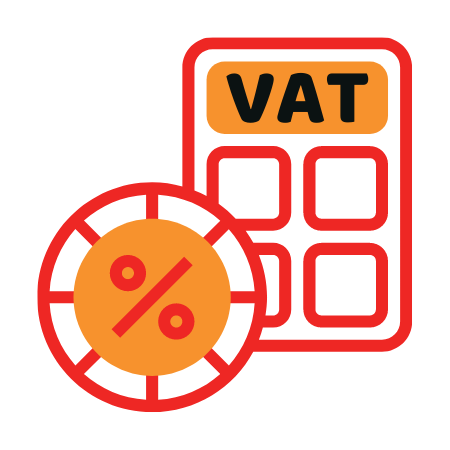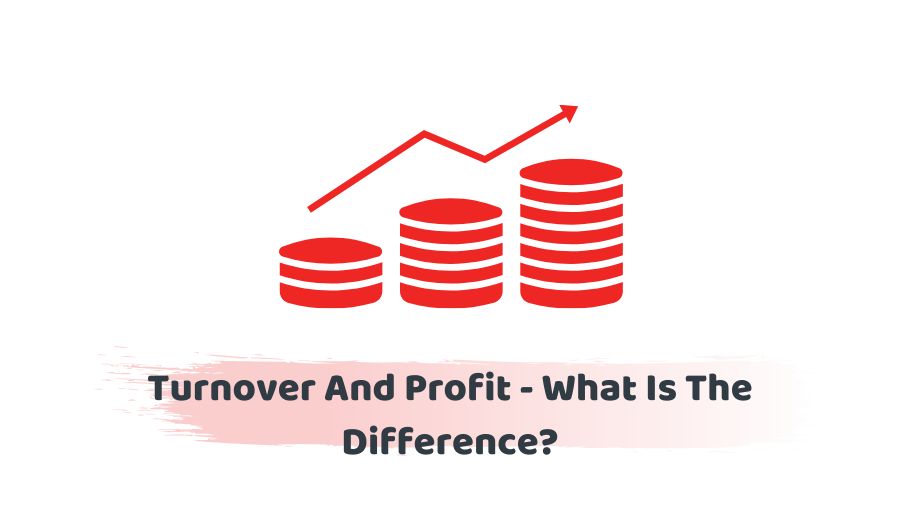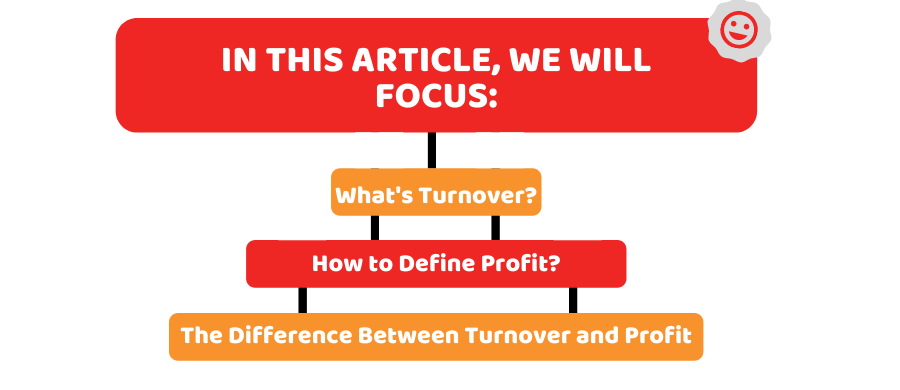Often the bookkeepers come up with the terms like turnover is low or profits is high. Be that as it may, his meaning could be a little clearer. What’s more, how would you utilize this data to help businesses?
In this article, we will focus on the following factors:
- What’s Turnover In Business?
- How to Define Profit?
- Turnover and Profit – What Are The Differences
What’s Turnover In Business?
In any case, turnover in bookkeeping is how much a business makes in deals during a period. The deals can appear as money, charge card, or Mastercard exchanges. Yet, as a rule, turnover alludes to net deals. Net deals are deals after any remittances, limits, and returns. This is on the grounds that discounts, limits, and stipends for harmed products eat into deals.
Net deals, then, at that point, give you a superior thought of the nature of deals exchanges than net deals. Be that as it may, your gross and net marketing projections might be something very similar on the off chance that you offered no lenient gestures, limits, or discounts.
How to Define Profit?
The advantage is how much money a business pockets after the costs of cooperating. You can figure it by removing costs from bargains. In any case, the specific costs you should remove depend upon the sort of advantage you need to figure. There are three standards sorts of advantage:
This is managing less the cost of product sold. Machine gear-pieces costs are those that go into the making of work and items for the business. Models consolidate direct material, work, and conveyance costs.
Working Profit: This is a gross advantage with fewer working expenses. Working costs keep a business running each day. Model costs join rent or utilities.
Net Profit: This is attempting to profit fewer evaluations and interest from signs of progress.
Due to extensive demand, we now offer compliance-only packages to SME’s. Simply choose what is best for you, according to your budget & needs.
Turnover and Profit – What Are The Differences:
Both Turnover and Profit in business measure income. Yet, turnover allots them prior to taking significant expenses. The benefit is remaining income after costs.
You can moreover consider it to be the money your business will keep in the wake of decreasing the net promoting projections by all expenses.
Still feathery on these two terms? The most un-requesting way to deal with recognizing Turnover and Profit is to look at a compensation declaration. Net arrangements are by and large the showcasing projection you list on the top line of a compensation clarification. It is the early phase of the money-related assessment.
Net advantage, meanwhile, is on the truth of the attestation. This is the explanation we consider net advantage a business’ “fundamental concern.” It similarly addresses the completion of the money-related assessment.
Instructions To Utilize This Data:
Getting Turnover and Profit in business proves to be useful on many events:
- It assists you with setting up a pay explanation.
- In light of everything, you can’t study your advantage without first addressing your arrangements.
- It projects your advantage relies upon your current turnover.
- It makes you mindful of worth or creation issues. Low turnover may be a result of an issue with your thing or organization that you can fix.
- It allows you the opportunity to change different costs when turnover is low. Thusly, you can in any case make money.
- It allows you the opportunity to contribute when turnover is high. On the off chance that your turnover is high, you can utilize the additional benefit to placing more cash into another space of the business.
Looking for all-inclusive monthly packages? Let us take care of your affairs so that you can focus on your business.
Conclusion:
To sum up the discussion of Turnover and Profit, we can say that both of the focused terms are the parameters of measuring the earnings through business. However, turnover is measured before the major costs but profit is measured after the costs. The income statement is the simplest way to tell turnover and profit.
Get an instant quote based on your requirements online in under 2 minutes, Sign up online, or request a callback.






















































